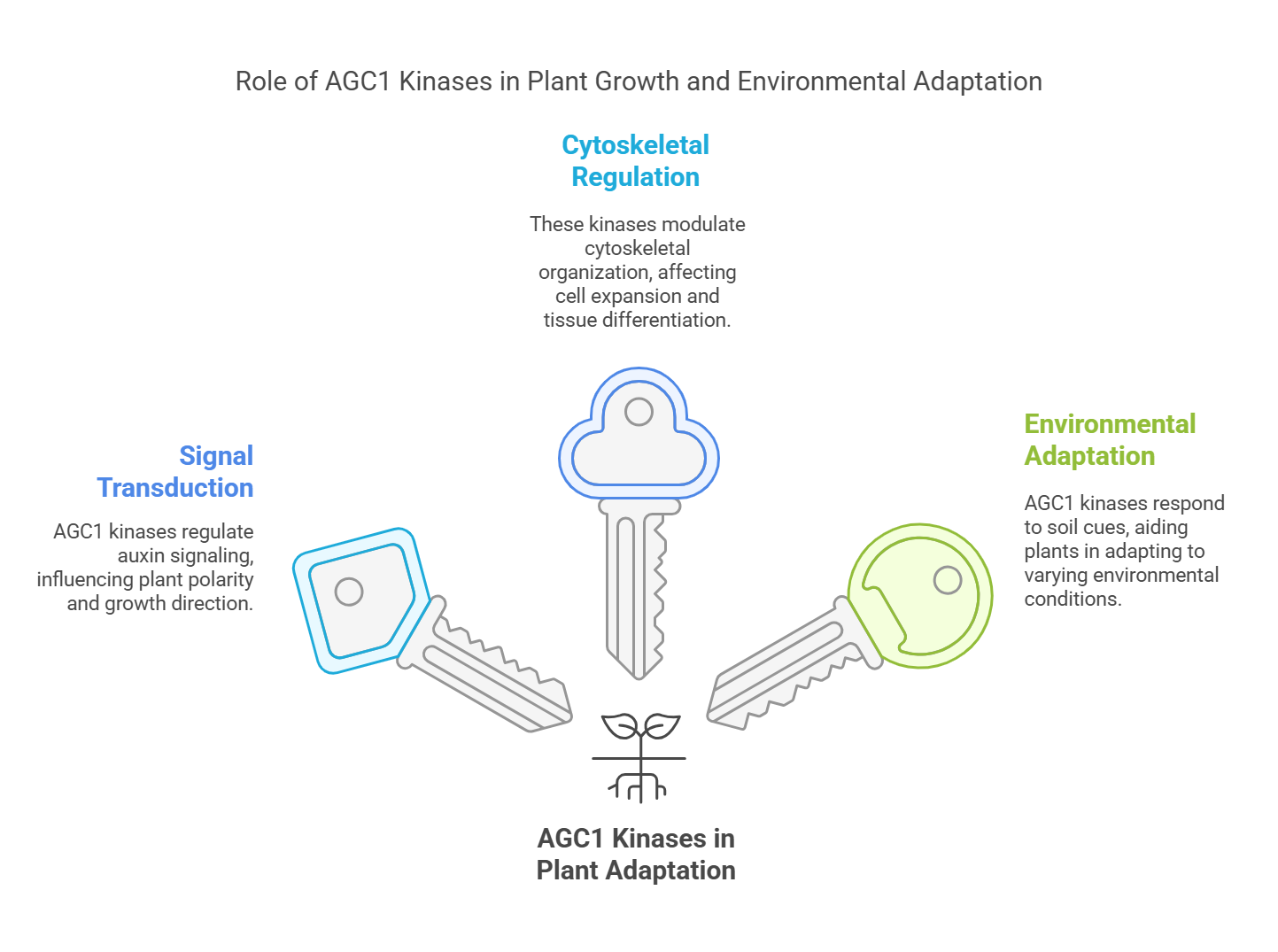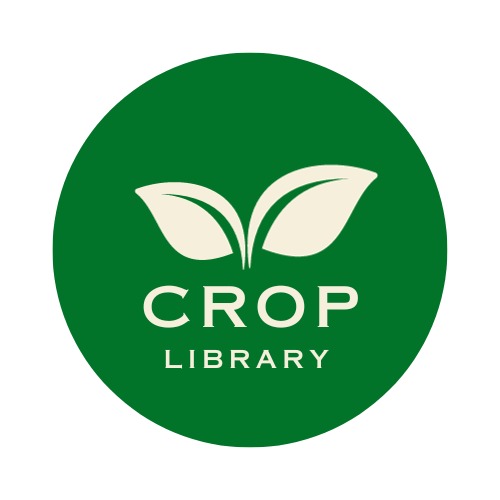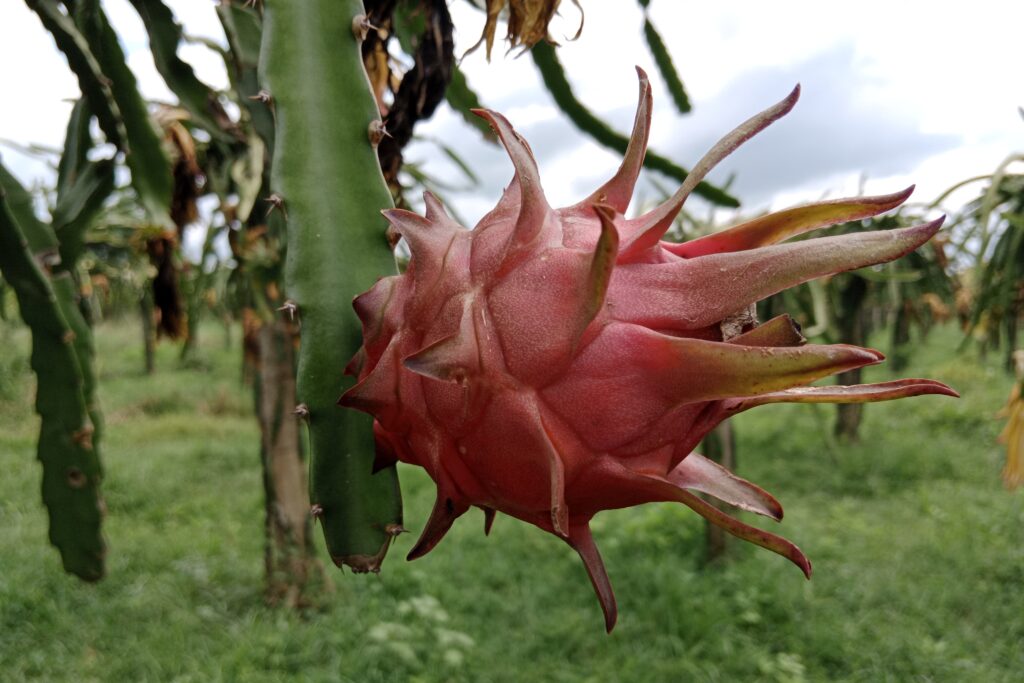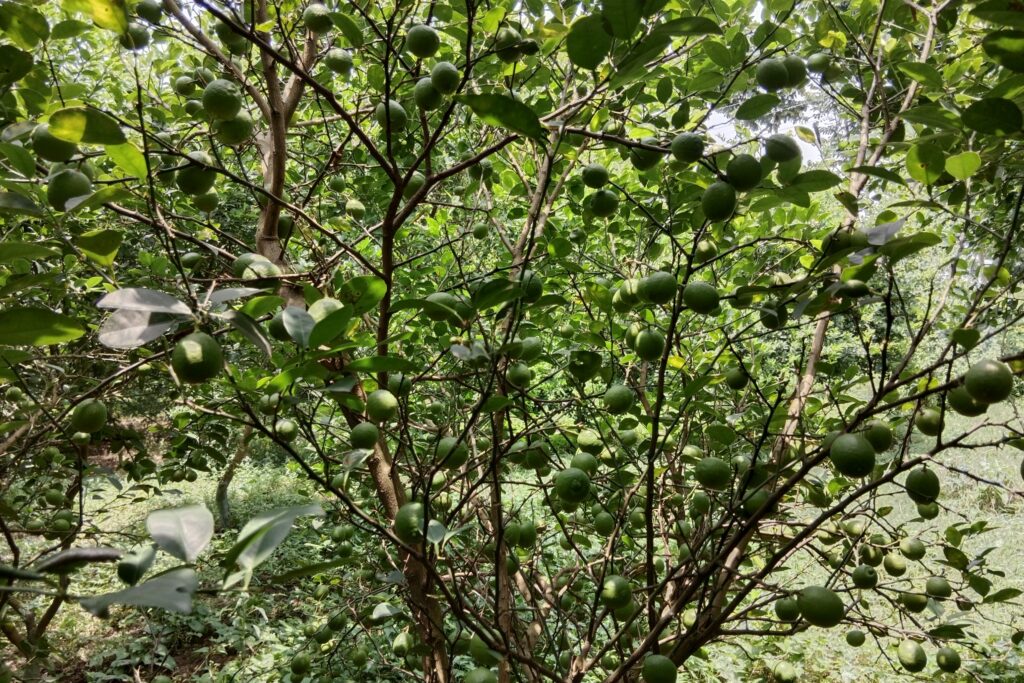Information
“The ability of plants to adapt to their soil environment is critical for optimizing growth and development under diverse conditions (Schroeder et al., 2013). Among the myriad of regulatory mechanisms, protein kinases play a central role in translating environmental signals into physiological responses (Hardie, 1999). AGC1 kinases, a subgroup of the AGC family of serine/threonine kinases, are pivotal components of signaling pathways that modulate cell polarity, cytoskeletal dynamics, and growth regulation (Garcia et al., 2012). These kinases are crucial in facilitating the integration of extracellular cues into intracellular processes, enabling plants to respond effectively to environmental challenges (Pandey, 2021).
However, despite their established importance, the specific roles of AGC1 kinases in soil-mediated developmental adaptations for plant growth in soil remain poorly understood. Soil environments, characterized by diverse physicochemical properties and microbial interactions, impose unique challenges that plants must navigate for optimal growth. This study aims to elucidate the regulatory mechanisms of AGC1 kinases in governing plant growth processes within soil environments, shedding light on their contribution to developmental plasticity and environmental adaptation in plants (Damaris & Yang, 2021).
Also Read About: Polarity Regulation by Protein Kinases during stomata development
Literature Review
Plant adaptation to soil involves intricate signaling networks that coordinate growth, resource acquisition, and responses to environmental stimuli. Protein kinases, particularly the AGC1 subgroup, have emerged as key players in these processes due to their involvement in various signaling pathways. This section highlights existing knowledge and identifies gaps regarding AGC1 kinases and their roles in plant growth and adaptation.

AGC1 Kinases and Signal Transduction
AGC1 kinases, such as PINOID (PID) and WAG1/WAG2, are central regulators in auxin signaling pathways, playing a pivotal role in the establishment of plant polarity. Their involvement in phosphorylation events directly influences polar auxin transport, a process critical for root and shoot development (Santner & Estelle, 2009). These kinases are particularly significant in gravitropism, enabling plants to orient their growth in response to gravity, which is essential for efficient resource acquisition and structural stability (Friml et al., 2004).
Cytoskeletal Regulation
The cytoskeleton, comprising microtubules and actin filaments, is a dynamic network that underpins cellular processes such as elongation, division, and intracellular transport. AGC1 kinases have been shown to modulate cytoskeletal organization, thereby influencing cell expansion and tissue differentiation. For example, AGC1 kinase activity is linked to microtubule stabilization, which is essential for anisotropic growth in plant cells. This highlights their broader role in shaping cellular architecture to support development (Garcia et al., 2012).
Environmental Adaptation
Emerging evidence suggests that AGC1 kinases are responsive to environmental cues derived from the soil. These cues include nutrient availability, water status, and mechanical impedance, all of which influence plant growth. Preliminary studies have hinted at a connection between AGC1 kinase activity and the plant’s ability to perceive and respond to these factors. Such findings suggest a potential role for AGC1 kinases in mediating adaptive growth strategies under varying soil conditions (Yadav et al., 2022).
Research Gap
Despite their established roles in cellular and developmental processes, the specific contributions of AGC1 kinases to whole-plant growth within soil environments remain largely uncharted. Understanding how these kinases integrate soil-derived signals into growth and developmental pathways is a critical gap in current research. Addressing this limitation could provide new insights into molecular adaptations that enable plants to thrive in diverse and challenging soil environments. The key questions remain unanswered:
- How do AGC1 kinases integrate soil-derived signals to regulate root and shoot growth?
- What specific downstream targets of AGC1 kinases contribute to developmental adaptations in heterogeneous soil environments?
- Can manipulation of AGC1 kinase pathways enhance plant growth and resilience in suboptimal soils?
Hypothesis
AGC1 kinases mediate developmental adaptations for plant growth in soil by regulating cellular processes such as polarity establishment, cytoskeletal dynamics, and auxin transport in response to soil-derived signals.
Objectives
- To identify the role of AGC1 kinases in soil-mediated root and shoot development.
- To characterize the downstream signaling pathways and targets of AGC1 kinases.
- To determine the effects of AGC1 kinase manipulation on plant growth under varying soil conditions.
Materials and Methods
Plant Material
- Model Organism: Arabidopsis thaliana will serve as the primary plant model due to its well-characterized genetics and ease of manipulation.
- Transgenic Lines
- Overexpression and knockout lines for AGC1 kinases, including PINOID (PID), WAG1, and WAG2, will be utilized to study functional roles in growth and development.
- Reporter lines, such as DR5::GFP, will be employed to monitor auxin distribution dynamics and gradients in response to environmental stimuli.
Experimental Design
Role of AGC1 Kinases in Soil Adaptation
Growth Conditions
Plants will be cultivated in controlled soil environments designed to mimic natural variations, including:
- Nutrient gradients (low, optimal, and high nutrient availability).
- Water content (well-watered vs. drought stress).
- Mechanical impedance (compacted vs. loose soil).
Phenotypic Analysis
- Root system architecture will be quantified using image analysis software to measure root length, branching, and surface area.
- Shoot biomass will be assessed through fresh and dry weight measurements to evaluate overall growth performance.
Downstream Signaling Pathways
Proteomics and Phosphoproteomics
Substrates of AGC1 kinases will be identified using high-resolution mass spectrometry. Phosphopeptide enrichment techniques will help pinpoint kinase targets.
Molecular Analysis
Quantitative PCR (qPCR) and RNA sequencing (RNA-seq) will be used to measure the expression levels of key genes associated with auxin signaling, cytoskeletal dynamics, and other relevant pathways.
Manipulation of AGC1 Kinases
Chemical Genetics
Kinase inhibitors specific to AGC1 kinases will be applied to assess the consequences of kinase inhibition on plant growth and signaling.
CRISPR-Cas9
Custom-designed CRISPR-Cas9 constructs will target specific domains of AGC1 kinases to generate mutants for studying functional redundancies and mechanistic insights.
Microscopic Analysis
Confocal Microscopy
High-resolution imaging will be used to visualize cytoskeletal organization (microtubules and actin filaments) and auxin gradients within roots and shoots.
Time-Lapse Imaging
- Dynamic responses of root and shoot structures to soil stressors (e.g., mechanical impedance or drought) will be monitored in real time to capture temporal changes.
Data Analysis
Statistical Analyses
Treatment effects will be evaluated using statistical tools such as ANOVA and regression modeling. These will help determine the significance of experimental variations on phenotypic and molecular responses.
Network Modeling
Proteomics and transcriptomics datasets will be integrated using computational network modeling to identify key regulatory hubs and pathways modulated by AGC1 kinases.
Expected Outcomes
- A comprehensive map of AGC1 kinase-regulated pathways influencing plant growth in soil.
- Identification of key targets and processes modulated by AGC1 kinases.
- Insights into potential biotechnological applications for improving crop growth in challenging environments.
References
- Damaris, R.N., Yang, P. (2021). Protein Phosphorylation Response to Abiotic Stress in Plants. In: Wu, X.N. (eds) Plant Phosphoproteomics. Methods in Molecular Biology, 2358, 17–43.
- Friml, J., Wisniewska, J., Benková, E., Mendgen, K., & Palme, K. (2004). Lateral relocation of auxin efflux regulator PIN3 mediates tropism in Arabidopsis. Nature, 415(6873), 806-809.
- Garcia, A.V., Al-Yousif, M., & Hirt, H. (2012). Role of AGC kinases in plant growth and stress responses. Cell. Mol. Life Sci., 69, 3259–3267.
- Hardie, D. G. (1999). Plant protein kinases: An overview. Annual Review of Plant Biology, 50(1), 97-131.
- Pandey, G.K. (2021). Protein Kinases and Stress Signaling in Plants: Functional Genomic Perspective. Wiley Publisher.
- Santner, A., & Estelle, M. (2009). Recent advances and emerging trends in plant hormone signaling. Nature, 459(7250), 1071–1078.
- Schroeder, J. I., et al. (2013). Using membrane transporters to improve crops for sustainable food production. Nature, 497(7447), 60-66.
- Yadav, R., Chakraborty, S., & Ramakrishna, W. (2022). Wheat grain proteomic and protein–metabolite interactions analyses provide insights into plant growth promoting bacteria–arbuscular mycorrhizal fungi–wheat interactions. Plant Cell Rep., 41, 1417–1437.



Pingback: Plant Science with a Focus on Small Proteins. -
Pingback: Improving Soil Carbon Models Using Energy Transformations and Optimality -